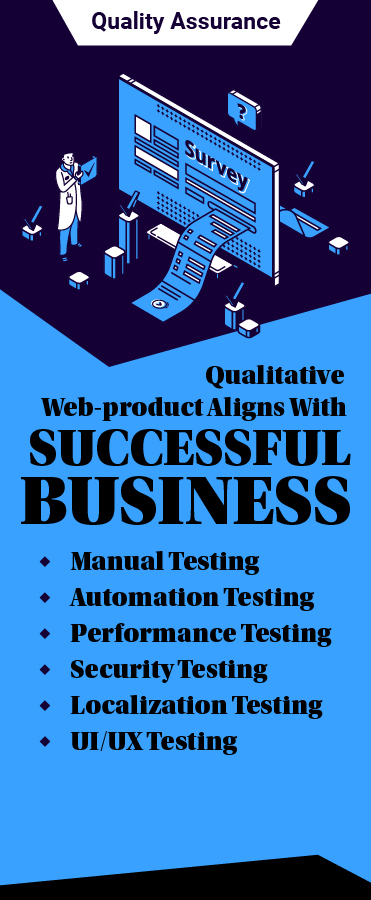60%¹ of companies (approx.) report difficulties in accurately measuring the ROI and impact of their loyalty initiatives.
These challenges are frequently compounded by external factors such as rapidly evolving market trends, shifting consumer preferences, and competitive pressures.
Internally, common issues include reliance on outdated data, limited integration of loyalty systems with broader enterprise platforms, and undetected bugs that result in poor user experiences.
Additionally, engaging customers who are members of multiple loyalty programs further complicates efforts to retain brand loyalty.
As a result, businesses must embrace advanced AI-driven testing strategies that incorporate robust methodologies like automation testing, performance testing, API testing, manual testing, and more.
In this blog post, we’ll delve into how Grazitti Interactive executed a comprehensive testing initiative for a leading retail client grappling with similar loyalty program challenges.
By leveraging advanced AI testing frameworks, we helped optimize their system performance, improve customer satisfaction rate, and deliver measurable ROI for their loyalty initiatives–achieving a remarkable 125K saving per implementation.
Challenges Faced by the Customer
A retail giant faced significant obstacles affecting their customer loyalty program. As the festive season approached, excitement turned into anxiety over potential system performance bottlenecks that could slow down operations during peak shopping periods, risking customer frustration.
Weak response rates compounded these concerns. Bugs had infiltrated the system, causing glitches that undermined the loyalty program’s effectiveness and led to dwindling customer engagement. What was once a thriving initiative now appeared to be losing its appeal.
To complicate matters, multiple clients using the same platform experienced delays in rolling out new features and updates. The overwhelmed team struggled to keep pace with the rapidly changing retail landscape. It was clear that immediate action was necessary to regain momentum and restore customer confidence.
So, the company contacted us.
After a thorough analysis of their application, our Quality Assurance experts documented the challenges.
Then, the customer was provided a detailed consultation about the intricacies of the challenge at hand to lay the groundwork for a robust testing plan encompassing functional UI/UX, UI automation, API testing, and performance flow.
How We Went About it to Provide a Solution
Crafting a bespoke test strategy and selecting the right tools effectively addressed the customer’s unique challenges.
By analyzing specific requirements and goals, we developed a tailored approach that enhanced efficiency, reduced redundancies, and ensured optimal performance across all testing phases.

Here’s how we helped our client:
• Development of API Test Suites
We developed both manual and automated API test suites using Postman Workspace to cover all functional flows around the endpoints, ensuring smoother interactions.
• Automation of Regression Tests
We created manual test cases for different features of the application from scratch. We also identified test cases that could be automated to create manual and automated regression test suites. To tackle the inefficiencies of repetitive regression test cycles, we used Cypress.io and a Behavior Driven Development (BDD) approach with Cucumber. We further transformed these tests into Smoke, Regression, and Module-specific automated test suites. This not only reduced turnaround time but also significantly enhanced efficiency.
• Performance Testing
We ran customized performance tests with JMeter, focusing on peak traffic scenarios. We identified common bottlenecks affecting application performance at the customer and server level and advised how to fix bugs.
• Integration with CI/CD Pipeline
Finally, we integrated our automated test suites with Azure DevOps pipelines for streamlined testing processes. This integration enabled scheduled test executions and provided clear execution reports indicating which scenarios passed or failed.
Through this meticulous approach, Grazitti not only addressed immediate challenges but also laid the groundwork for long-term success in the client’s loyalty program.
The Impact
They were able to reduce their manual testing efforts by 65% for UI/UX testing and 60% for API testing. This improved their efficiency drastically, leading to a 70% reduction in time to market. Furthermore, load testing using JMeter improved their API performance by 40%, ensuring seamless business flow and robust performance during peak periods. The optimized approach resulted in a 125K saving per implementation.
Wrapping Up
To thrive in competitive markets, businesses must adopt robust AI-driven testing frameworks and automate repetitive & redundant workflows.
A success story from our client demonstrates the impact of a tailored testing approach, achieving improved customer response rates, higher ROI, and sustainable program performance.
Statistic Reference:













